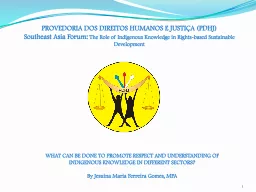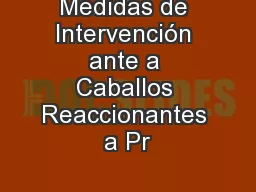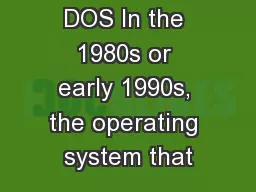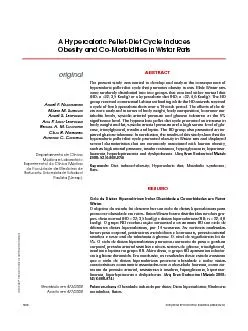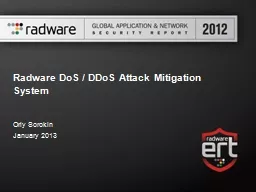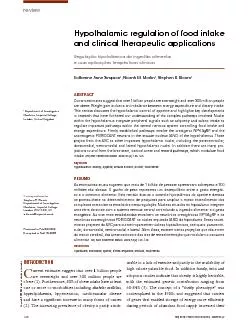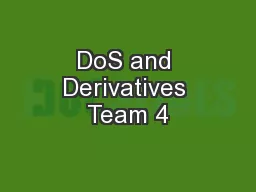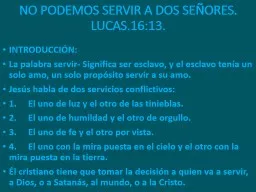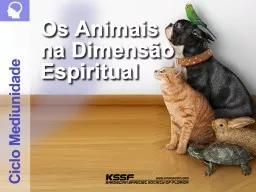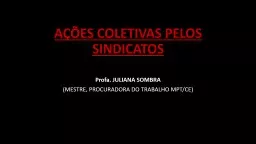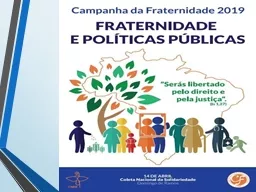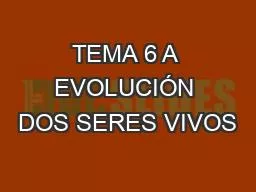PPT-PROVEDORIA DOS DIREITOS HUMANOS E JUSTIÇA (PDHJ)
Author : dudeja | Published Date : 2020-08-28
Southeast Asia Forum The Role of Indigenous Knowledge in Rightsbased Sustainable Development 1 WHAT CAN BE DONE TO PROMOTE RESPECT AND UNDERSTANDING OF INDIGENOUS
Presentation Embed Code
Download Presentation
Download Presentation The PPT/PDF document "PROVEDORIA DOS DIREITOS HUMANOS E JUSTI�..." is the property of its rightful owner. Permission is granted to download and print the materials on this website for personal, non-commercial use only, and to display it on your personal computer provided you do not modify the materials and that you retain all copyright notices contained in the materials. By downloading content from our website, you accept the terms of this agreement.
PROVEDORIA DOS DIREITOS HUMANOS E JUSTIÇA (PDHJ): Transcript
Download Rules Of Document
"PROVEDORIA DOS DIREITOS HUMANOS E JUSTIÇA (PDHJ)"The content belongs to its owner. You may download and print it for personal use, without modification, and keep all copyright notices. By downloading, you agree to these terms.
Related Documents

